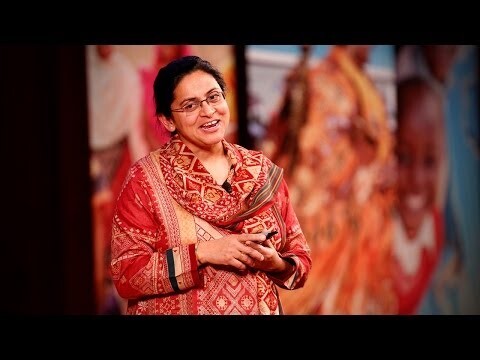Doing is One of the Best Ways of Learning: An Interview with Dr. Rukmini Banerji

Pratham leader and ASER Centre director Dr. Rukmini Banerji was interviewed for Lead the Change, a scholarly series published by the American Educational Research Association, an organization that highlights research and insight into educational change worldwide.
In the last ten years, India has made impressive progress in providing educational opportunities to children (96% school enrollment rate), however there has been little progress in actual learning. During that time, Pratham has assessed learning outcomes through its Annual Status of Education Report (ASER), revealing some dismal facts like this one: 50% of fifth graders cannot read a simple second-grade text.
Convinced that “doing is one of the best ways of learning,” Dr. Banerji cites Pratham’s interventions in early childhood and primary education as successful models for addressing this learning crisis. The interventions, which teach children according to their ability rather than their age, have shown to significantly help third, fourth and fifth graders to read fluently and do basic arithmetic. In the 2013-2014 school year, we reached nearly five million children.
Pratham’s method of “Teaching at the Right Level” (TaRL) has been evaluated by J-PAL South Asia using randomized control trial methodology and has been found to be extremely effective. The next step is scaling up the programs to reach more children across India.
“Typically, in working with the government, we will get involved from the design phase and all the way through implementation,” says Dr. Banerji. “We share the failure if things don’t work and celebrate success if they do. In either case, we learn a lot. This learning is then ploughed back into the next round.”
She asserts that in order to address India’s learning crisis and realize a shift in government policy, we must increase public awareness. That is why Pratham’s user-friendly ASER survey is done in homes, to make learning (or the lack thereof) visible to the community.
Dr. Banerji notes, “If the methods, measures and mechanisms… are simple to follow and easy to understand, then many more people are likely to get involved.”
Read the full interview.
